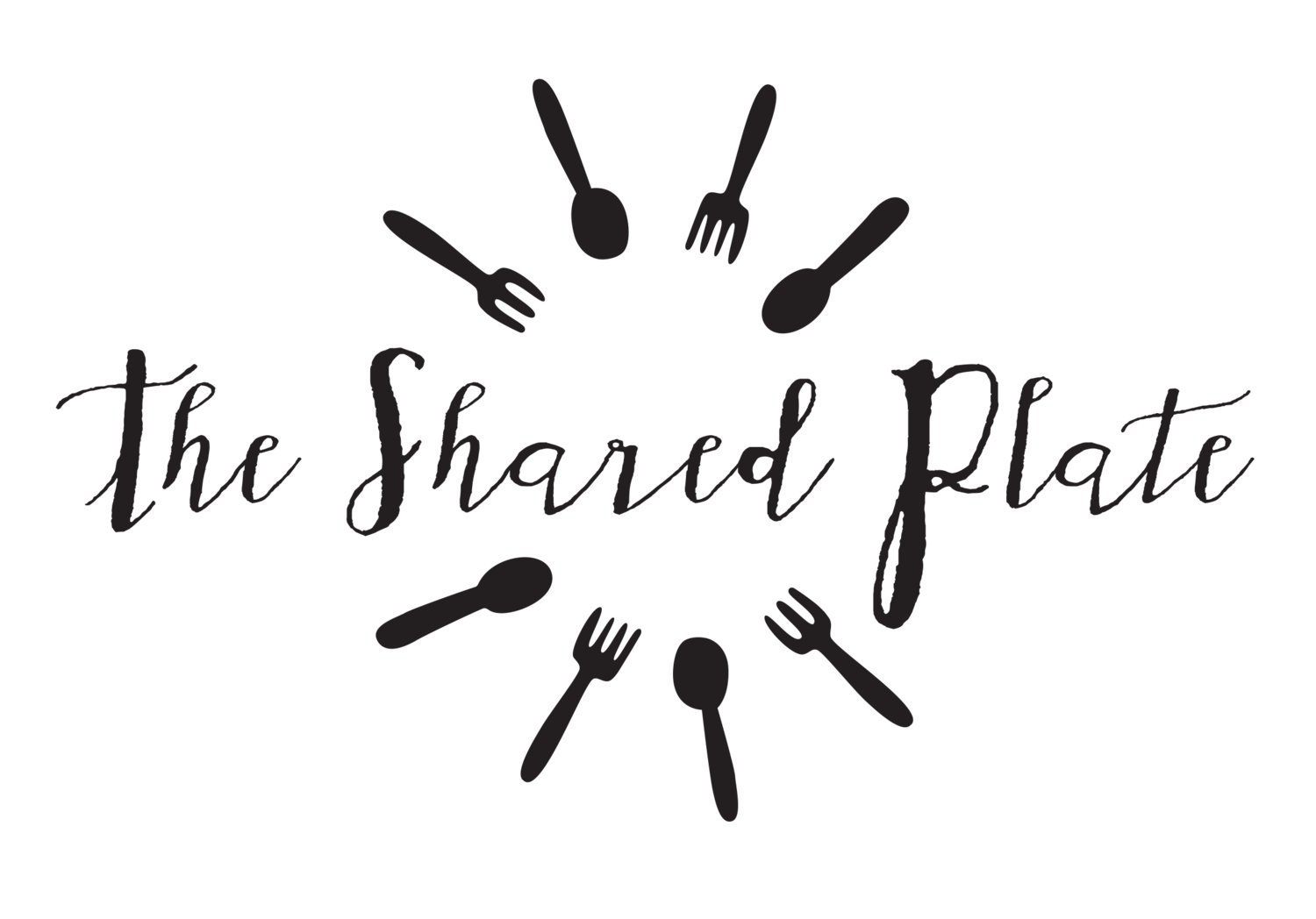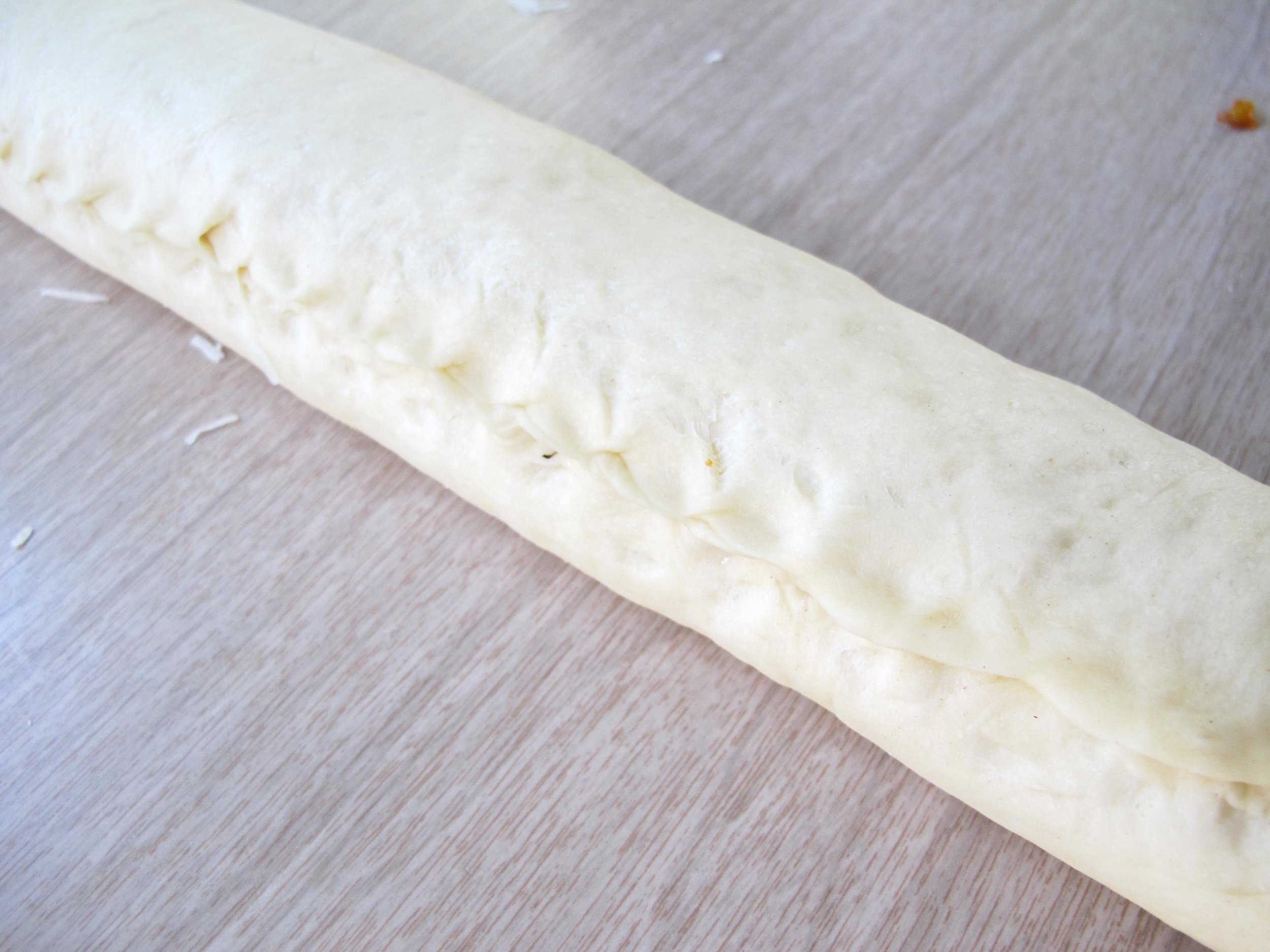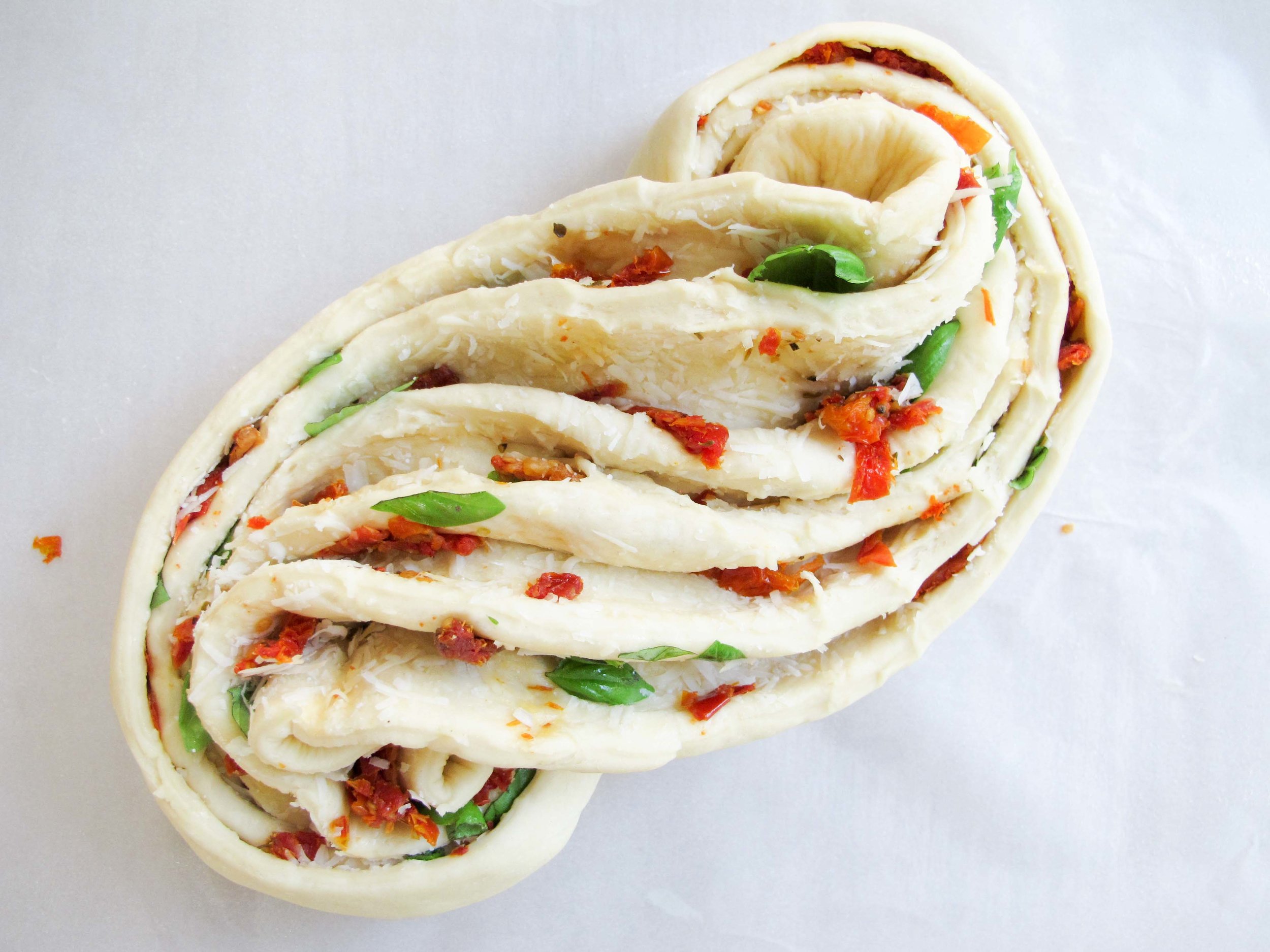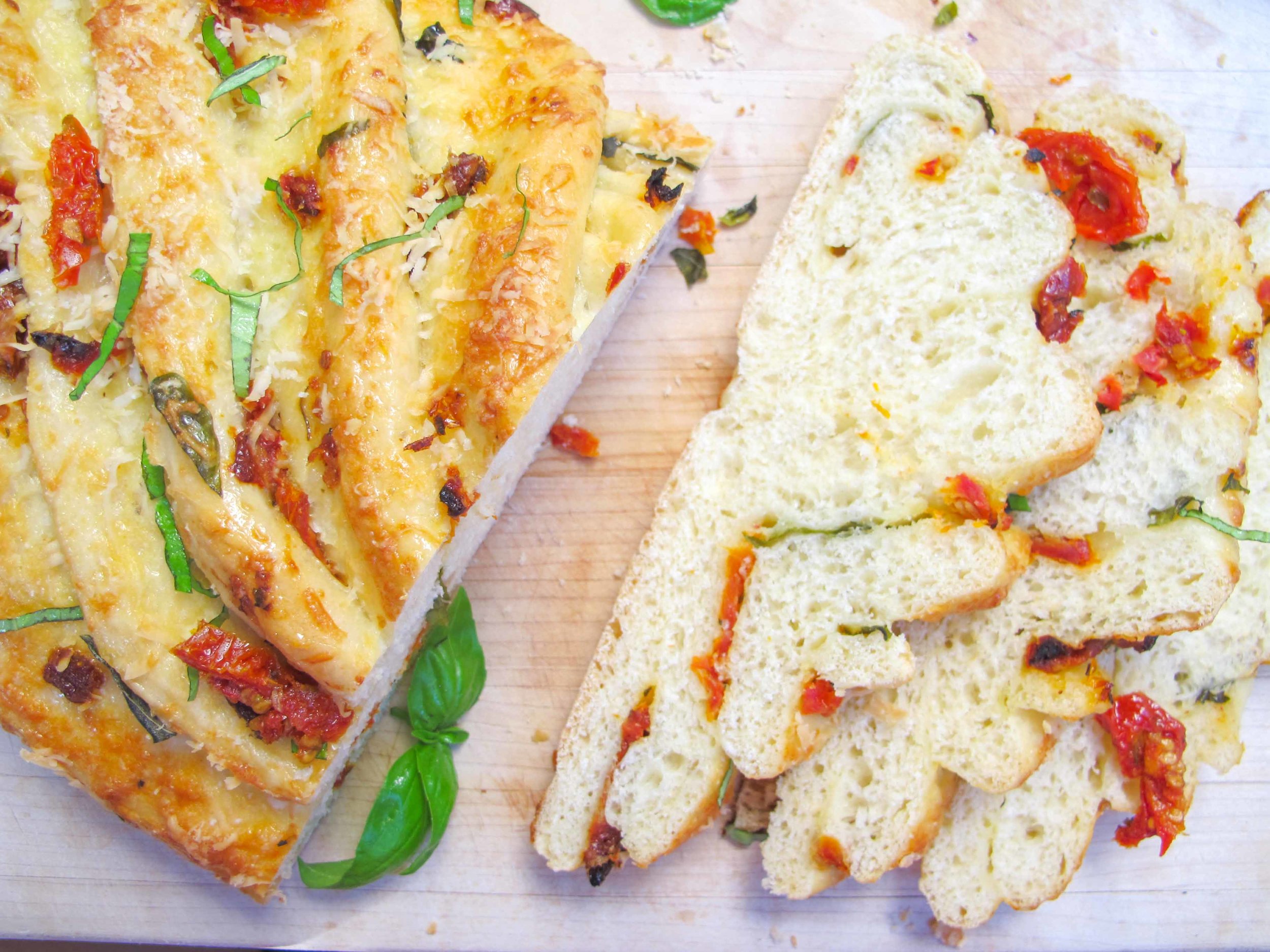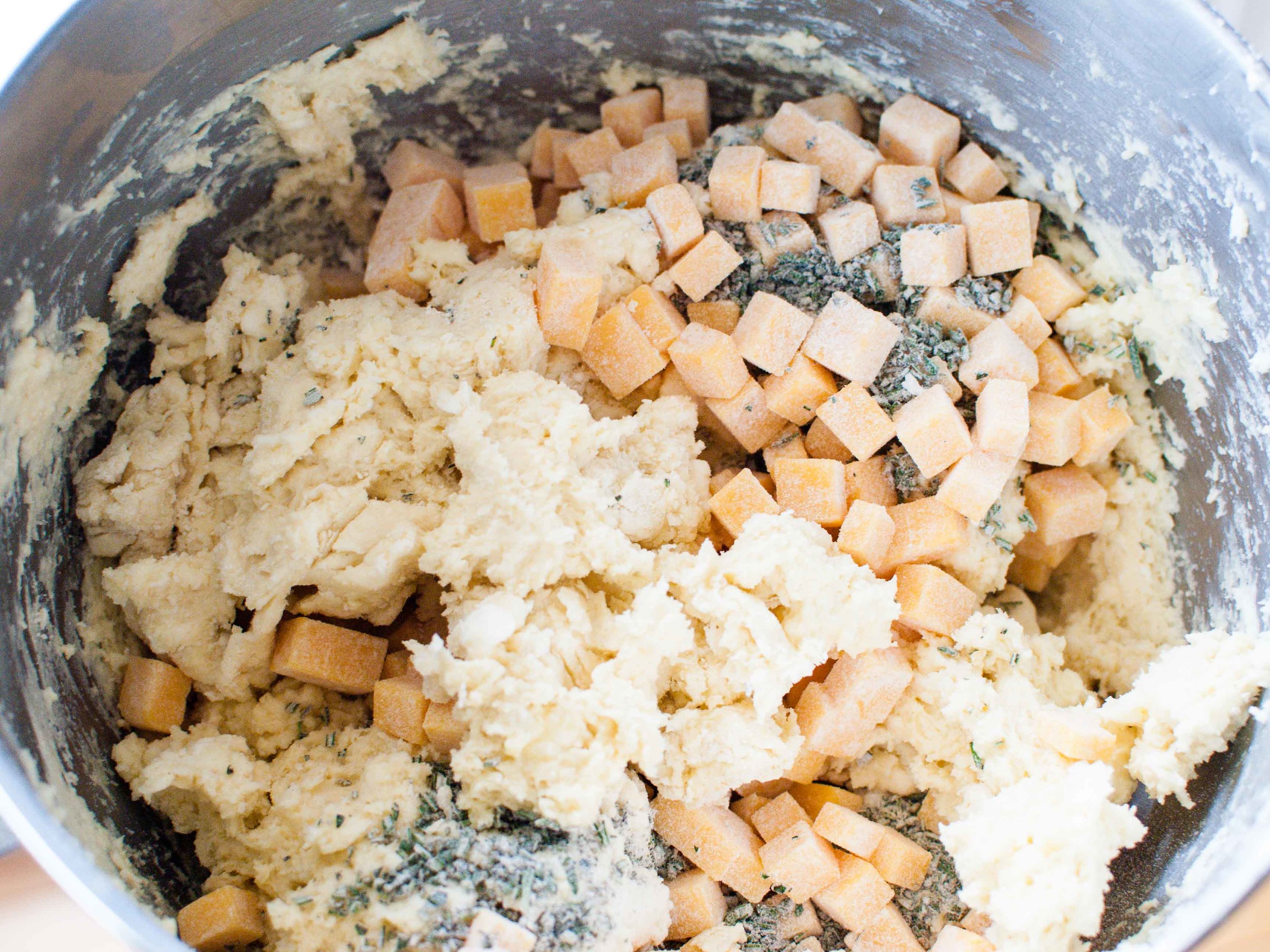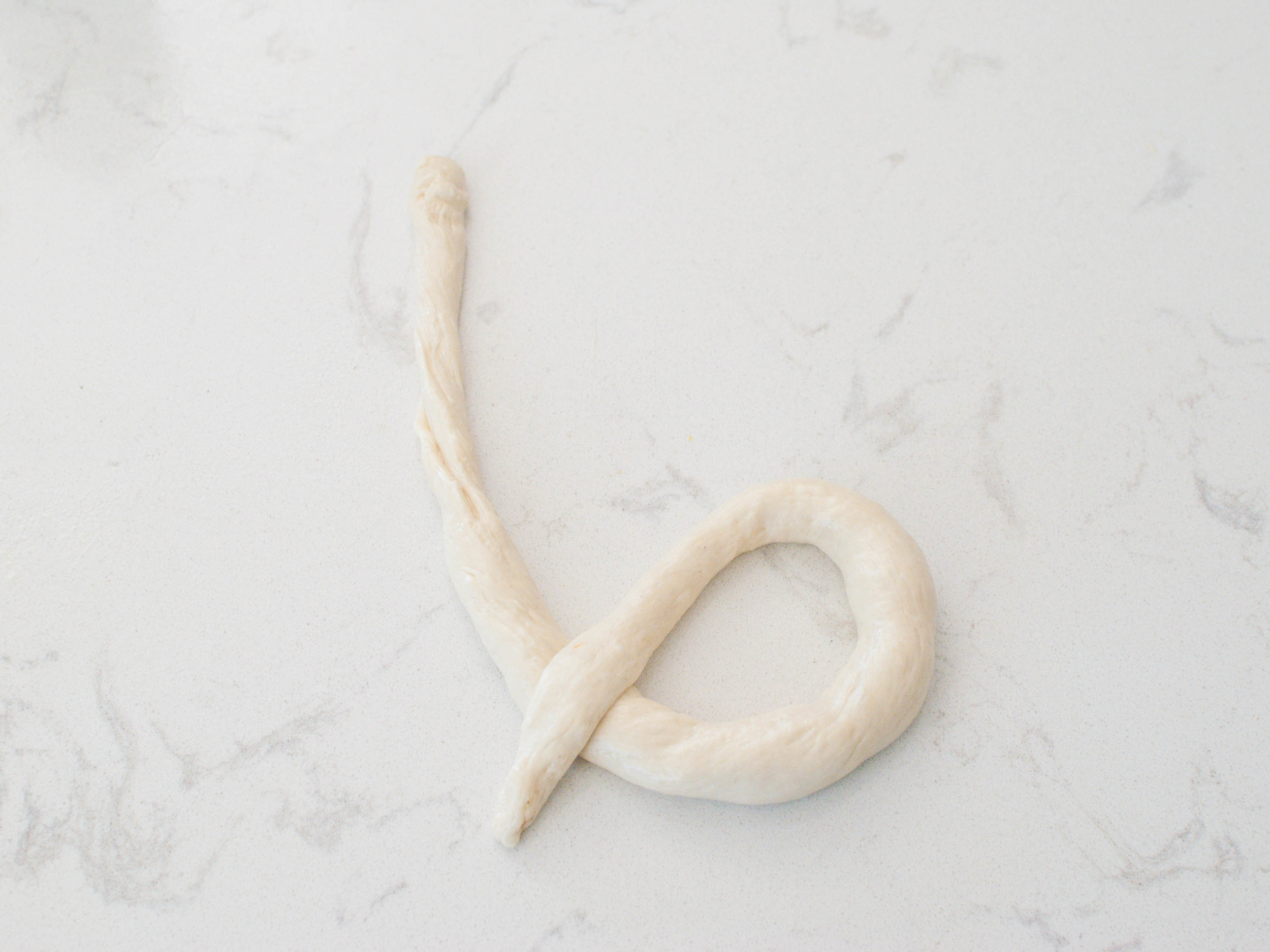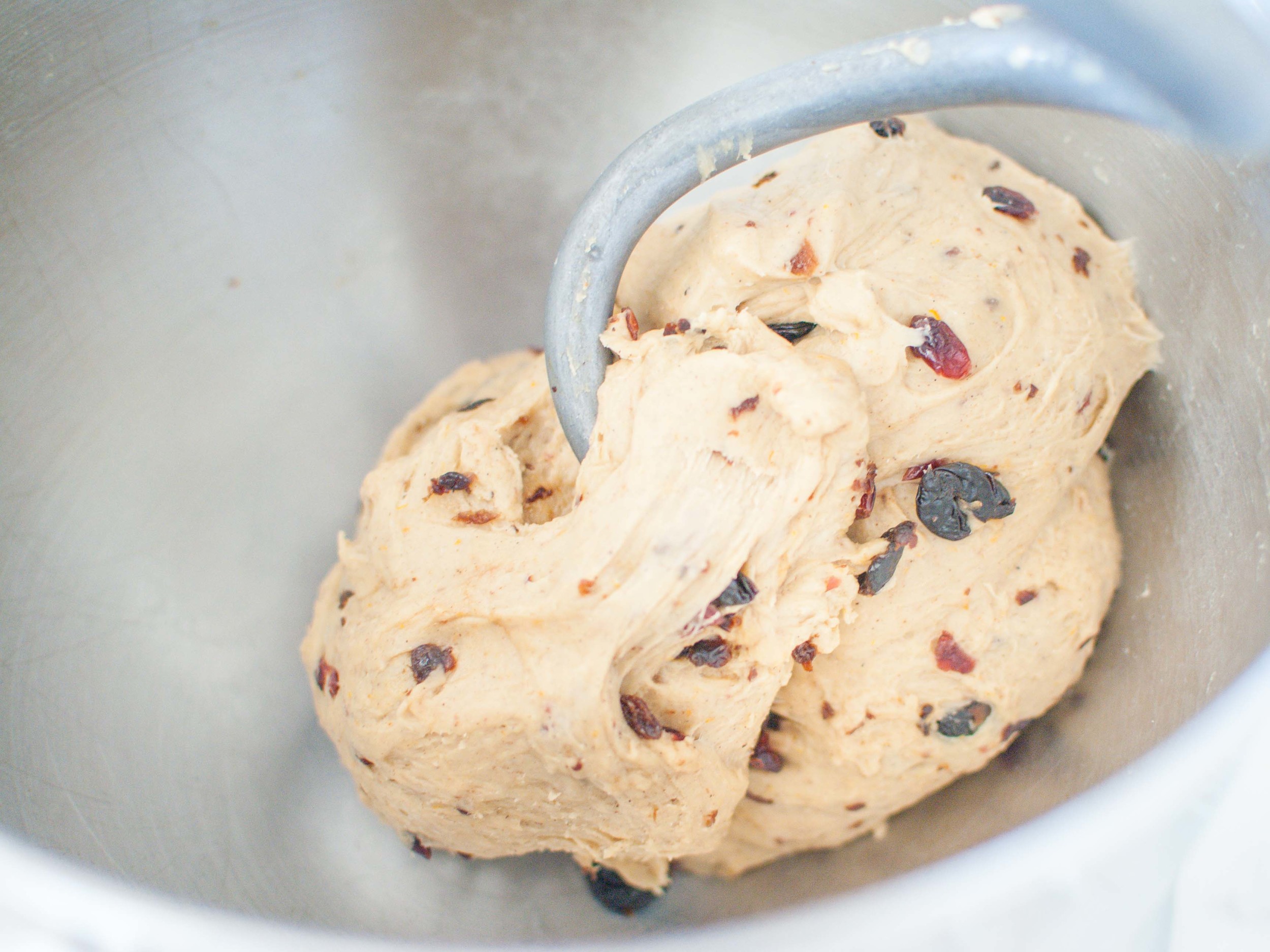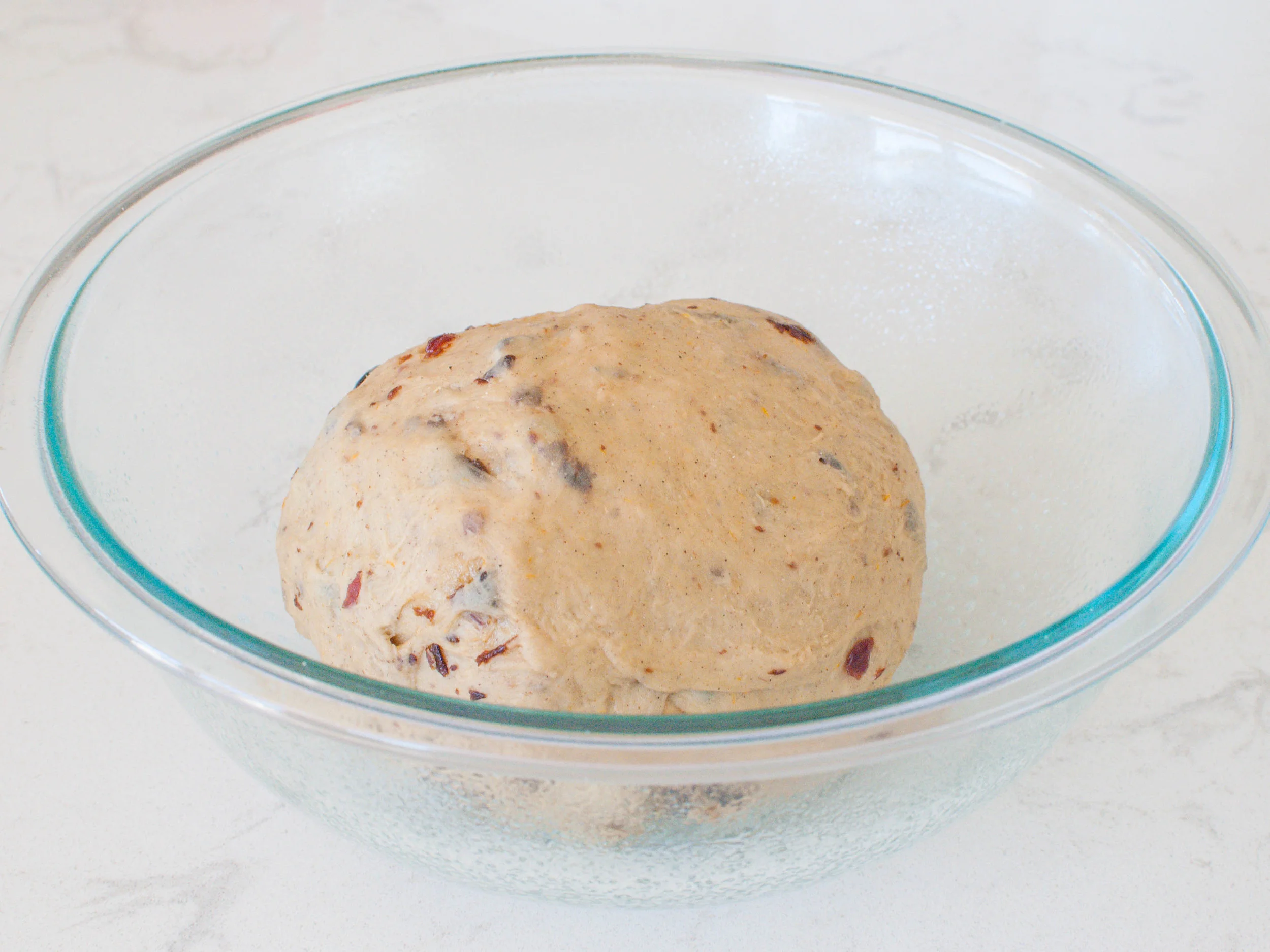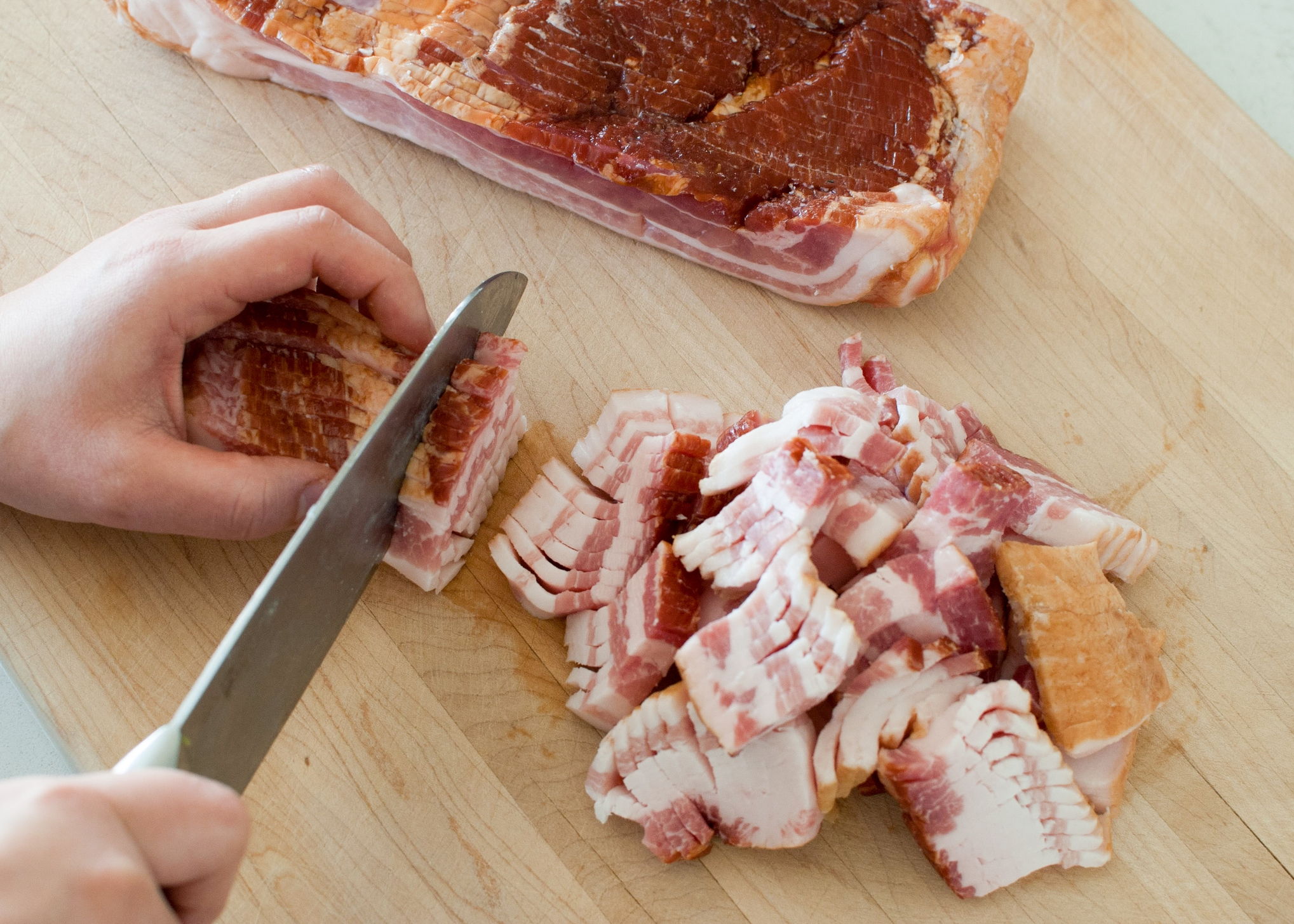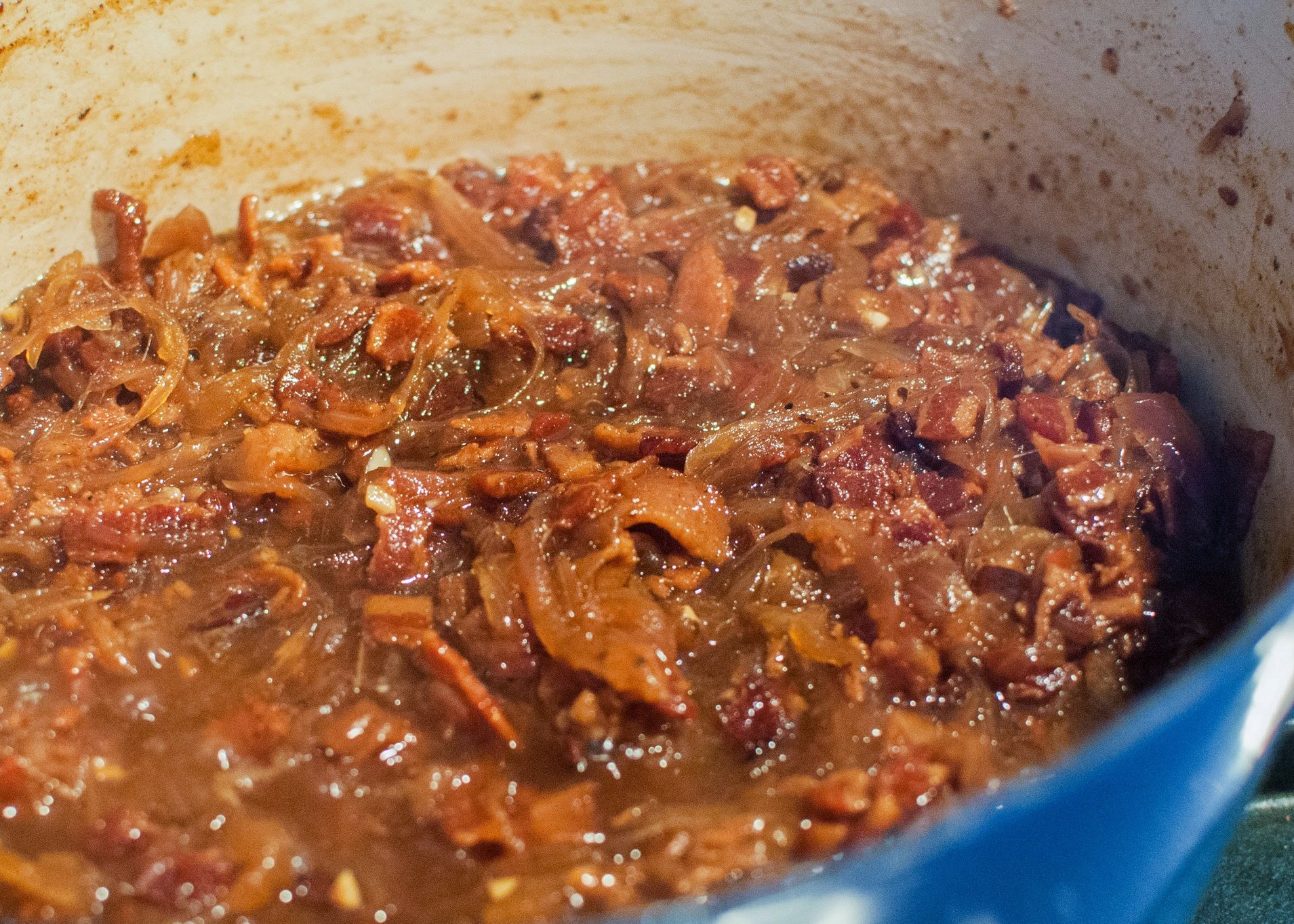I'm of the belief that you can't cram enough goodness into banana bread; it can totally handle it! This banana bread is made with browned butter, big chunks of walnuts, toasted coconut, and a splash of bourbon–browned butter for it's rich nutty flavor, walnuts because my two-year-old is obsessed with nuts, toasted coconut since we were out of chocolate chips, and I cannot stop myself from putting some form of coconut in everything, (here's a short list: Coconut Bars, Buddha Bowls, Coconut Tres Leches Cake, Mango with Coconut Sticky Rice, Olive Oil Granola . . . ) and bourbon makes everything seem a little bit more sinful and therefore delicious. (That was a crazy run-on sentence, and I can't fix it, so just bear with me. It's that kind of day.) The reasoning behind this banana bread is perfectly sound, and I can promise not a crumb will be left behind. No seriously.
Notes: Like any good banana bread recipe, this one is highly adaptable to whatever you have in the pantry. I let the kids pick their favorite "mix-ins", so that each loaf is uniquely their creation. On this day, my two-year-old was adamant about "more and more and more nuts", so I obliged with a whole cup of toasted chopped walnuts. We all enjoyed it immensely, but if nuts aren't your thing, feel free to leave them out. For that matter, add whatever mix-ins make your day happy, (chocolate or peanut butter chips, nuts, coconut flakes, raisins, cranberries, etc.) or none at all!
Read More: The Shared Banana Bread
Time: 1 hour 30 minutes
Yield: One 9"x13" loaf
1/2 cup butter, diced
1 cup all purpose flour
1 cup whole wheat flour
1/4 cup dark brown sugar
1/2 cup granulated sugar
1 teaspoon baking powder
1/2 teaspoon baking soda
3/4 teaspoon kosher salt
1/2 teaspoon cinnamon
4 small (or 3 medium) ripe bananas, mashed
2 large eggs
1/2 cup greek yogurt (any kind)
1/2 cup unsweetened shredded coconut, toasted + extra un-toasted for sprinkling on top
Optional: 1 cup walnuts, toasted and coarsely chopped + extra un-toasted for sprinkling on top
Preheat oven to 350 degrees F. Line a 9"x5" loaf pan with oil and parchment paper (or oil and flour).
Line a rimmed baking sheet with two pieces of parchment paper (one piece of paper covering each half of the sheet). Place walnuts on one half and coconut on the other. Toast in the oven, removing when they are golden. (5-10 minutes for walnuts and 3-5 minutes for coconut).
Melt the butter over medium heat in a small saucepan, swirling butter occasionally until butter smells toasty and is golden brown. (Watch closely, because it will go from browned to burnt quickly!) Transfer to a medium bowl to cool.
In a large bowl, whisk together all-purpose flour, whole wheat flour, brown sugar, granulated sugar, baking powder, baking soda, salt, and cinnamon.
Add mashed bananas, eggs, yogurt, vanilla, and bourbon to the browned butter and whisk together, until well combined.
Pour the banana mixture into the flour mixture all at once and stir together until just combined and no patches of flour remain. Batter will be thick and not pourable. Lightly fold in the toasted coconut and walnuts, then scrape the batter into prepared loaf pan. Give the pan a little jiggle and spread the batter as evenly as you can. Sprinkle the top with a un-toasted walnut pieces and coconut.
Bake for 55-65 minutes, or until a toothpick inserted into the center comes out clean. Remove from oven and let cool for 10 minutes in the pan, then remove and place on a wire rack until completely cool. (Who are we kidding? Slice into that baby and try not burn your fingers and your mouth as you devour it!)
